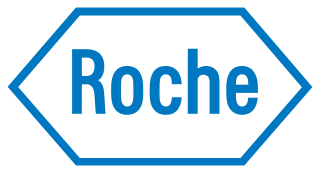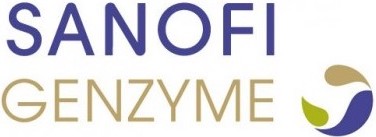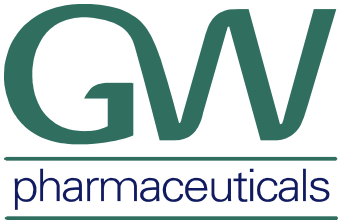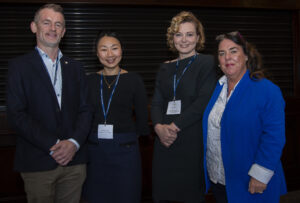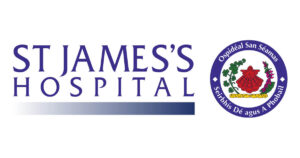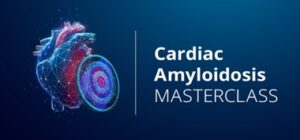Irish Neurological Association Meeting 2021
 Dear colleagues, members and friends of the Irish Neurological Association,
Dear colleagues, members and friends of the Irish Neurological Association,I am honoured to preside over the forthcoming 57th annual meeting of the Irish Neurological Association, which will take place on Thursday and Friday May 27-28th 2021, in the virtual domain. I hope you will all attend.
MoreOur guest speaker is Dr Jorge Juncos, whose work with Tourette syndrome, as a career-long clinical investigator, will illuminate the mechanisms and management of this disorder, straddling the psychiatric and neurological domains. (“The spectrum of Tourette Disorder: From semiology, to treatment, and new genetic vistas”).
Although reconciled to virtual clinical and scientific meetings over a year of enforced separation, we lose social contact during the meeting and the customary reception and dinner. Therefore we plan live online entertainment on the Thursday evening. We hope that this event will also provide an opportunity for attendees to rub virtual shoulders and chat. Please stand by for further details regarding the social event, to which all are invited.
Thank you for your continued support of the meeting. The final programme will be announced once we have assembled and organized the abstracts.
– Dr Donal Costigan, Dublin 26.02.21
 Dr. Jorge Juncos MD, Associate Professor of Neurology, Emory University, Atlanta, USA is this year’s guest speaker and recipient of the Callaghan Medal. The title of Dr. Juncos’ lecture will be The spectrum of Tourette Disorder: From semiology, to treatment, and new genetic vistas.
Dr. Jorge Juncos MD, Associate Professor of Neurology, Emory University, Atlanta, USA is this year’s guest speaker and recipient of the Callaghan Medal. The title of Dr. Juncos’ lecture will be The spectrum of Tourette Disorder: From semiology, to treatment, and new genetic vistas.After residencies in Internal Medicine (1977-1980, Columbia, NYC) and Neurology (1980-1983, MGH, Boston), Dr Jorge Juncos began his work in TS as a fellow at the NIH Experimental Therapeutics Branch (1983-88), under Dr Thomas Chase, the first Scientific Director of the Tourette Syndrome Association (TSA-US), followed by two years of neurochemistry and neuropathology with Professor Yves Agid at the Hôpital Pitié Salpêtrière in Paris, where Gilles de la Tourette first described the syndrome. He served on the TSA-US Medical Advisory Board and is now the Medical Director of the TS Association of GA. He directs the Emory TAA Center of Excellence, which cares for more than 1000 children and adults with TS. He has participated in multiple pharmacologic and physiologic investigations in TS. In a study of thalamic deep brain stimulation in adult TS, he and colleagues found improvement in tics, but not overall quality of life. He advised Dr S Finkelstein on her Ph D thesis on the ‘linguistics of coprolalia in TS’ (1988). Working with paediatricians and psychiatrists he has developed a vertically integrated, interdisciplinary clinic– a core topic of his talk. Two years ago he organized the first statewide ‘Adult TS Social group’, exploring variables that influence the long-term outlook of TS and its principal co-morbidities, ADHD and OCD. The integrated clinic and the ‘social group’ have shown that prognosis depends on the patient’s experience in the social environment.
The spectrum of Tourette Disorder: From semiology, to treatment, and new genetic vistas.
Symptoms of TS consist of motor and phonic tics and select behavioural and neuropsychologic comorbidities. There is a growing but partial understanding of its pathophysiology, including neuronal interactions within cortico-thalamic-basal-ganglionic circuitries understood to modulate the essential motor and compulsive aspects of the illness. This framework begins to dovetail with new genetic insights into the disorder and its therapies
Click here to view the detailed scientific programme for the INA Meeting 2021
Outline of Programme:
Thursday May 27th
12.30 Log-in to virtual INA meeting via IICN website link
12.45 Opening and Welcome to Second virtual INA Meeting – Dr. Donal Costigan, INA President 2021
13.00 Session I – Epilepsy
14.30 Session II – Virtual Poster Session I
Group 1 - Posters A – D
Movement Disorders, Multiple Sclerosis, Inflammatory and Immunological, Medication audit - Inflammatory.
Group 2 - Posters E – H
Stroke & Vascular, Neoplasm, Headache, Consult Service and Education.
15.15 Session III – Neuromuscular and Ataxia
16.35 Session IV – Poster to Platform
16.50 Session V – Irish Neurological Association Business Meeting
Friday May 28th
08.00 Session VI – Neuropsychology Seminar
09.00 Session VII – Cognitive and Parkinson’s Disease
10.20 Session VIII – Virtual Poster Session II
Group 3 - Posters I – K
Epilepsy, Medication audit Epilepsy, Sleep Coma Encephalopathy.
Group 4 - Posters L – N
Neuromuscular, Neurophysiology EMG, Ataxia10.50 Session IX – Multiple Sclerosis and Neuroinflammation
12.10 Session X – Noel Callaghan Guest Lecture
14.00 Neuro Kahoot
14.30 Session XI – Neurosurgery and Stroke
15.49 Session XII – Poster to Platform
16.10 Presidental Address and Announcement of Prizes
16.40 Close of Meeting
The vINA Meeting 2021 has been awarded 10 CPD Credits in the External CPD category by the Royal College of Physicians of Ireland. CPD certificates will be issued by email to registered delegates following the meeting
A number of awards are made for best presentations at the Irish Neurological Association Meeting.
Harold Millar Prize for best overall presentation
John Kirker Prize for best Epilepsy related presentation
Mark Gibson Prize for best Movement Disorder related presentation
Prize for best neurosurgical presentation
John Lynch Award for best Poster Presentation
Hugh Staunton Prize for best undergraduate or intern presentation.
Registration for the virtual INA meeting 2021 is invited from medical and allied health professionals.
To register please click here
The IICN appreciates the support of
Sponsors of the 57th Annual INA Meeting.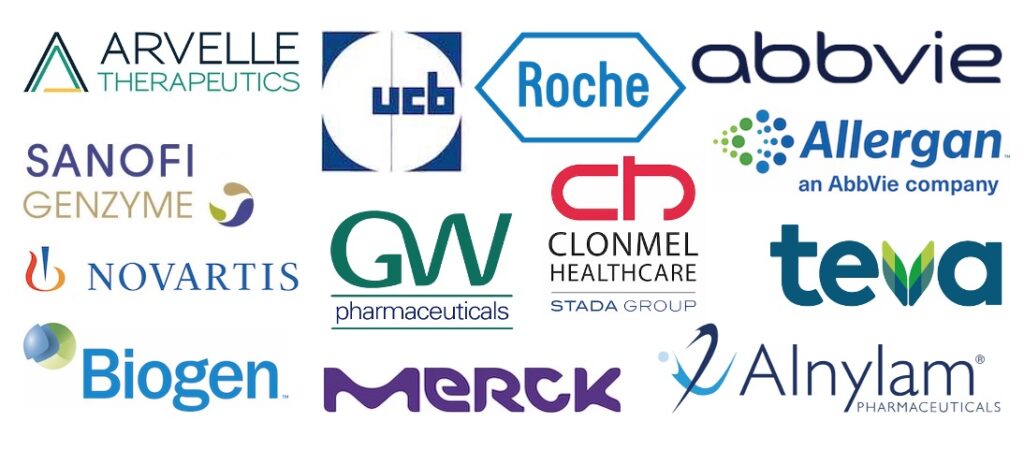

Spirited readings, music and song
Co-hosted by the James Joyce Cultural Centre
Entertainment on Thursday 27 May at 7:30 pm
Due to ongoing Covid restrictions, we are unable to arrange the usual dinner and social gathering. Instead, we offer a live online entertainment. We have great pleasure in inviting all to attend. It will be co-hosted by the James Joyce Cultural Centre, featuring spirited readings, music and song. We will also arrange audience response and banter at the end of the performance.
Mr Barry McGovern, renowned actor of stage and screen, will perform extracts of Joyce and Beckett, enriched with contextual music and song by the talented duo of Ms Darina Gallagher and Ms Sinéad Murphy.
You can purchase your attendance ticket(s) below (when you click ‘Add to Cart’ you will be taken through to Checkout; at the top of the page there you can click to view the Cart and add more tickets if you wish).
Single ticket:
€15.00Add to cart
Double ticket:
€28.00Add to cart
- May 14th – INA Meeting Registration deadline
- May 27th – 28th – 57th Annual Irish Neurological Association Meeting
The Call for Abstracts is closed.
The 57th Annual INA Meeting, under the presidency of Dr. Donal Costigan, will take place online on May 27th and 28th 2021.
IICN Annual Sponsors 2021





